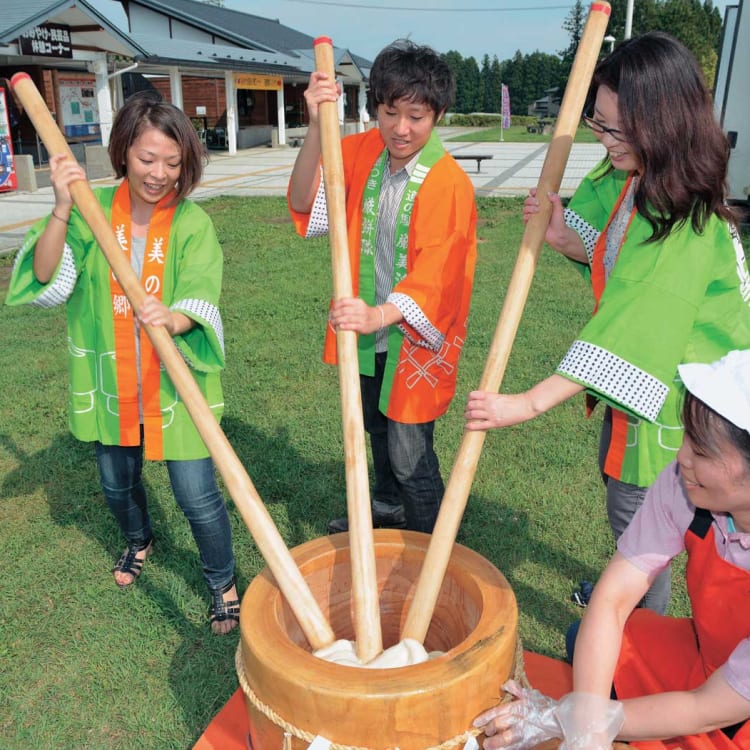
Story Ichinoseki City, the Land of Mochi By JNTO on 5 February 2021
For most parts of Japan, mochi (pounded rice cake) is often eaten only during the New Year. However, in Ichinoseki, the southern part of Iwate Prefecture, mochi is present in every important occasion, from celebrating harvest seasons to weddings to funerals. In fact, a local “mochi calendar” shows that people make mochi over 60 days a year here!
In Ichinoseki, mochi is tied to the history of the area. Tracing back to the Edo era, it was customary to offer mochi to the gods twice a month to pray for peace and safety. As the high-grade mochi are offered to the gods, farmers were only able to afford the shiina mochi, which is a mixture of lower-grade rice and grains. The efforts of these farmers trying to make unsavoury mochi more palatable is the origin of Ichinoseki’s flourishing mochi culture!
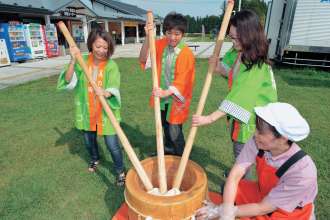
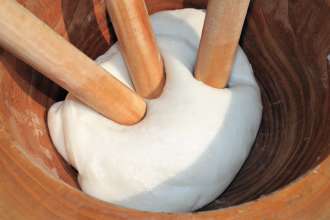
Owing to this unique culture, locals and visitors alike can taste freshly pounded mochi in their daily meals in Ichinoseki!
Unique variations of mochi
Mochi is made from pounding mochigome (a type of glutinous rice) until it is chewy and stretchy. On its own, it doesn’t have much flavour, so over the years, locals have added a plethora of ingredients to mochi, whether as filling or topping, or both. There are now over 300 varieties, from traditional to contemporary mochi recipes.
You may be familiar with toppings and fillings for mochi like anko (sweet red bean paste), goma (black sesame seeds), shiroan (white bean paste), and kinako (soy flour). In Ichinoseki City, you can find unique ways to eat mochi, such as with flaxseeds, edamame paste, freshwater shrimps, minced chicken, and more. Of course, you can also find modern mochi desserts like mochi fondue and mochi parfait.
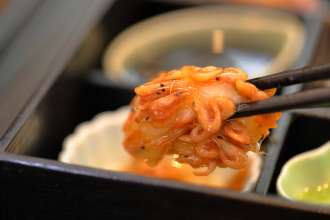
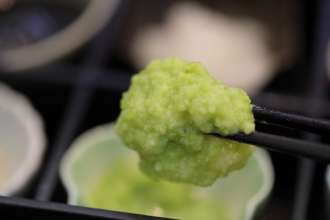
Much ado about mochi
In Ichinoseki City, mochi is more than just a simple street snack or dessert. At specialty restaurants and Japanese-style inns, other than a casual mochi gozen (red bean soup with mochi), you can also find a full-course meal known as mochi honzen, which represents the highest level of hospitality, served only at important occasions such as weddings.
A mochi honzen meal, originated from the samurai culture, places significant amount of importance on etiquette. To ensure protocol is observed during the meal, it is hosted by an otorimochiyaku, who oversees the steps of the diners when they are having their mochi honzen meal.
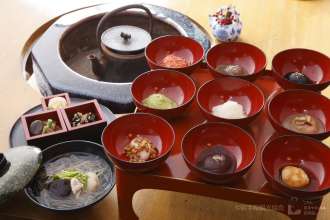
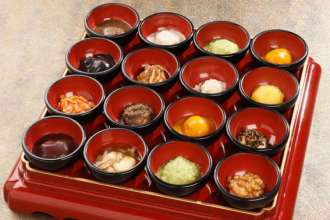
While ingredients vary by the occasion, the meal comprises many bowls of soups and vegetable dishes, all served with bite-sized mochi. The colourful meal includes mochi served in zoni (soup with red bean), zunda (mashed beans), and june (freshwater shrimp). The proper way to eat is to start with the grated radish as a palate cleanser before moving on to the sweet red bean mochi and finishing the meal with ozoni mochi (mochi in clear soup).
Where to taste mochi
Ichinoseki City is the cultural hub of mochi, so you can come here throughout the year to sample their specialty. The city also hosts several mochi festivals, including Wanko Mochi, Gotochi Mochi Summit, and Hanaizumi Summer Festival, where groups compete in traditional mochi-pounding, using mallets and mortars. The Wanko Mochi is also an eating competition to see who can eat the most bowls of mochi in five minutes, while the Gotochi Mochi Summit showcases a wide range of traditional and modern mochi dishes from all over Japan.
For more information on the mochi culture in Ichinoseki City, visit Ichinoseki Tourism Association’s official website.

























































